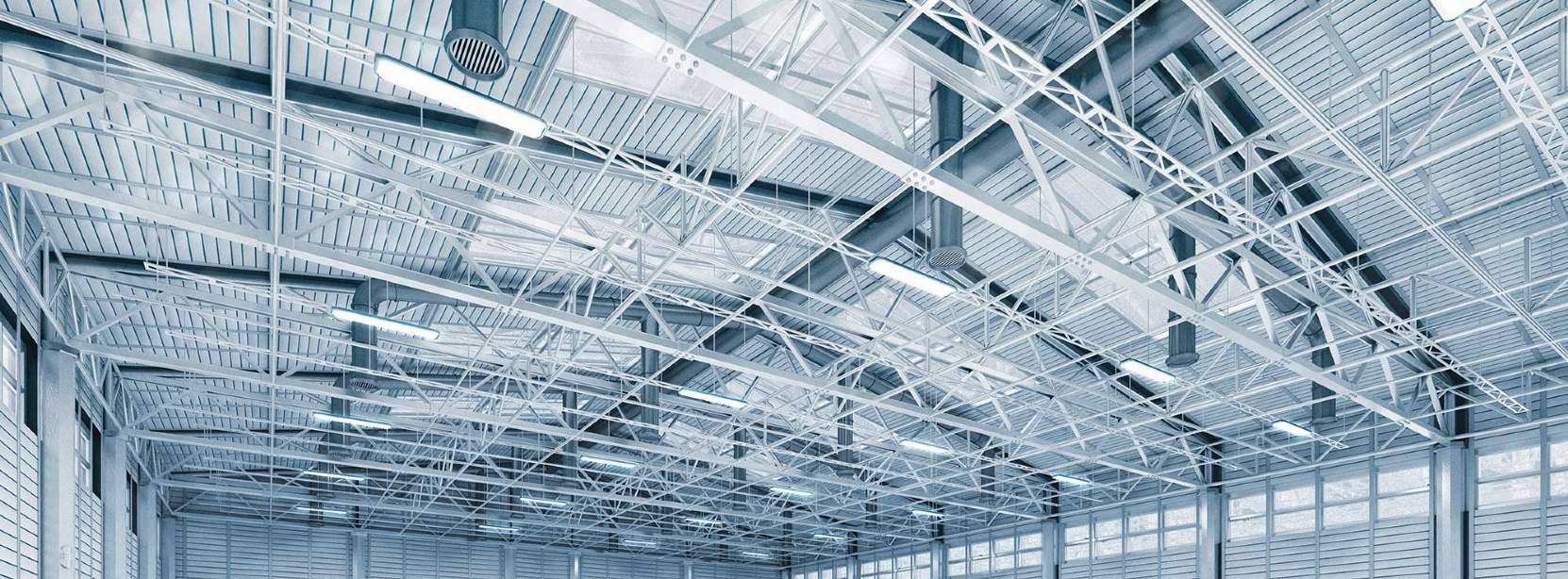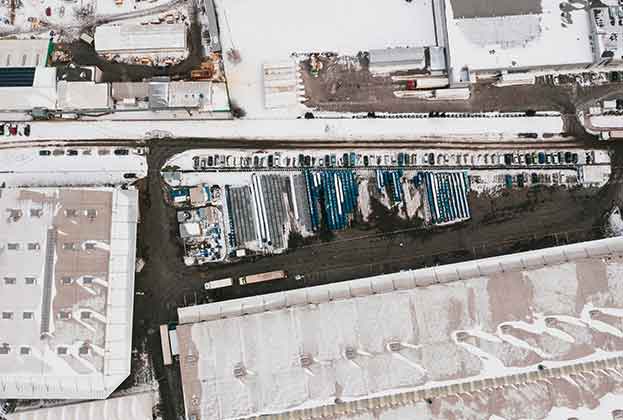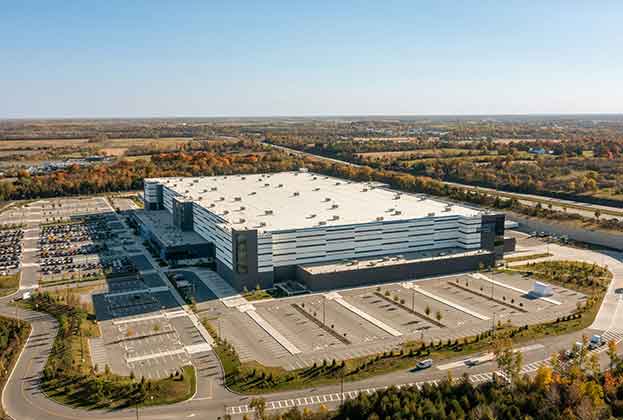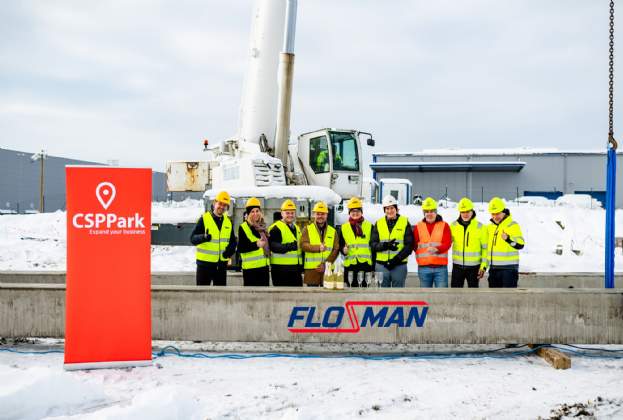The growing trend of e-commerce, further boosted by the current conditions, is pushing developers to compete for the best logistics locations close to city centres. However, the Czech permitting process for new developments in these areas takes on average four to five years. What are the options for developers?
First and foremost, developers need to continue and even step up efforts to reform the slow permitting process, which is based on a law that has been on the books since 2006 (in Slovakia that law dates back to 1976). On average the permitting process takes four to five years, but in many cases it can take even longer.
The current state of emergency is having a slowing effect on government business, but Klára Dostálová, the Minister for Regional Development, said in July that an amended draft of the Building Act had moved out of the Legislative Council of the government towards the end of May after more than 5,000 comments from interested parties had been addressed.
This law, which is expected to come into force in 2021, is intended to speed up and simplify the permitting of construction in line with the idea of one office/one stamp/one appeal. So rather than the current four or five years, Dostálová said an investor’s building application should be processed within one year including appeal and review. That would be a major change.
A related problem concerns how the income from a development is distributed. Presently, all taxes derived from industrial developments are paid to the state treasury, which then redistributes the money to the country’s municipalities according to various criteria. Given the municipality that actually hosts the development does not directly share in the profits but must shoulder all the costs – in terms of new infrastructure, pollution, increased traffic – there is little motivation for mayors, municipal representatives and local inhabitants to back construction in their cadastre.
Pavel Sovička from Panattoni Europe has worked with the consulting firm KPMG on an initiative to create a system where there is a fairer redistribution of taxes, as it works in countries like Germany. This would help counter the influence of NIMBYs (those who object to developments in their neighbourhood, declaring ‘Not In My Backyard’) and other bad faith actors by fostering more local support for projects.
Innovation and renewal
Prague and other Czech cities also contain relatively large amounts of underdeveloped brownfields compared with Western European cities – remnants of a faded industrial era that have remained abandoned since the Velvet Revolution and, until recently, mostly ignored by developers since there was so much other space to develop.
Many of these areas in Prague will be given over to housing developments to help solve the housing crisis. However, with headline rents for smaller logistics units in the capital ranging from €5.50 to €6.50 per square metre a month, according to Savills research, developers should consider converting some of these brownfield sites to urban logistics. One example is the 57,000 sq m Panattoni Prague Business Park, an old revitalized park in the former Kovosrot industrial zone, Dolní Měcholupy, in Prague 15, which is located about 15 km from the city centre. Prague 9 is also an area that has traditionally hosted a large amount of industrial development.
The main sticking point here is that the Czech government and municipalities do not provide much in the way of incentives for developers to convert brownfield sites into logistics, unlike in other countries such as Germany, where local governments compete to attract such investments. Without such incentives, the rent costs for tenants will end up being too high – and in logistics, costs are everything.
Innovation in warehouse design can also help developers make better use of such sites. In the Czech Republic, the usual limit for the height of facilities is 13 meters, giving a usable height of only 10 meters. But technological improvements today allow the efficient storage of goods up to a height of 20-25 metres, meaning that the height of facilities could be increased, expanding the usable space without using up more land.
Similarly, around the world developers are experimenting with multi-storey facilities. Prologis Georgetown Crossroads, in Seattle, the US, for example, is a three-floor, 54,777 sq m industrial warehouse located just minutes from downtown Seattle. The first of its kind in the US, the building features truck ramps leading to loading docks on the second level, and a third floor for lighter-scale warehouse operations, served via forklift-accessible freight elevators.
With the coronavirus pandemic expected to grow the Czech e-commerce segment by approximately 20 per cent this year and 16 per cent in 2021, a combination of a new Building Act, forward-thinking policies and incentives, and groundbreaking warehouse designs could help meet the new demand for logistics hubs next to or within urban centres.








.jpg)

.jpg)